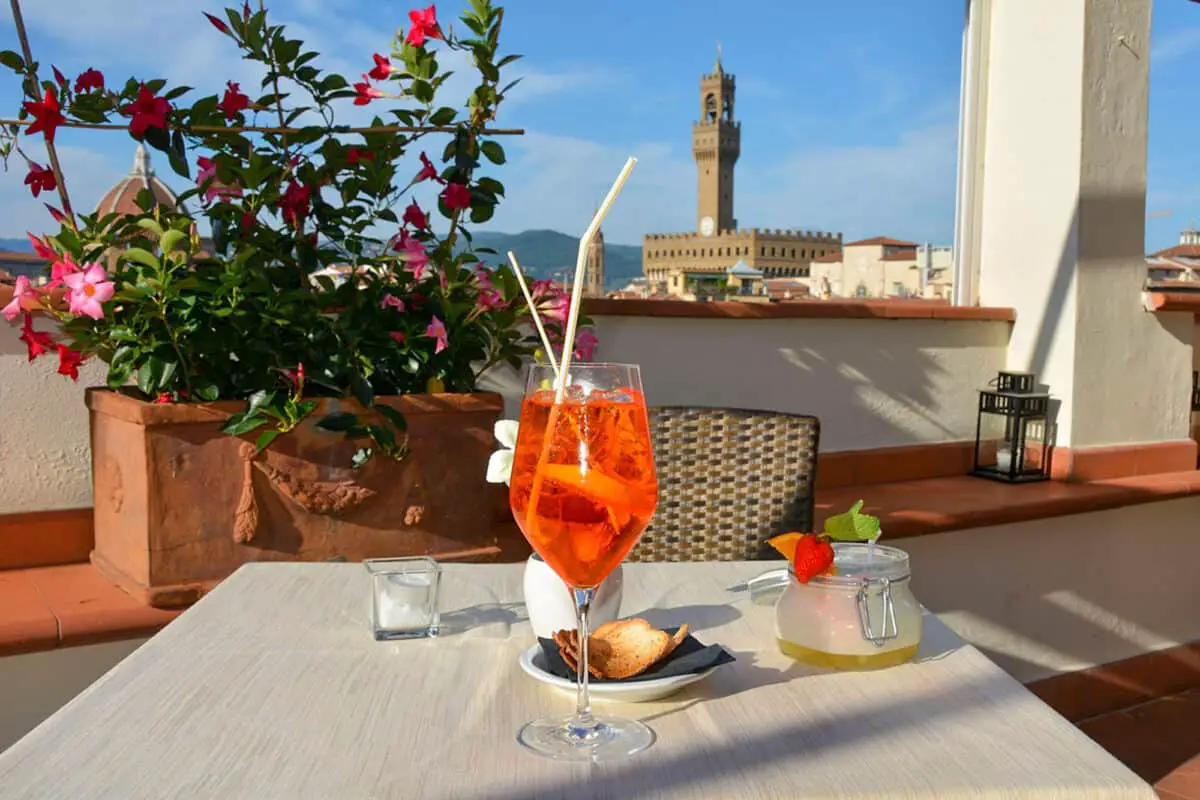Sampling the local cuisine is one of the best things about travel. This doesn’t just stop at food though! There are plenty of mouthwatering drinks across Europe, all promising to tantalise your tastebuds.
Go highbrow with a glass of the finest champagne from The Ardennes or sip an espresso roadside in Rome – the choice is yours. It doesn’t matter whether you’re a weekend boozer or a teetotaller, you’ll find a tipple in this list of European drinks to suit.
Related: (opens in new tab)
15 Unmissable Drinks in Europe 🍺🍷🥃🍹
1. Guinness
Top o’ the morning to ya! When you think about the most famous drinks that Ireland has to offer, I’m guessing that the first to spring to mind is Guinness. This dry stout has a creamy head and has become famous worldwide, with it being sold in over 120 countries.
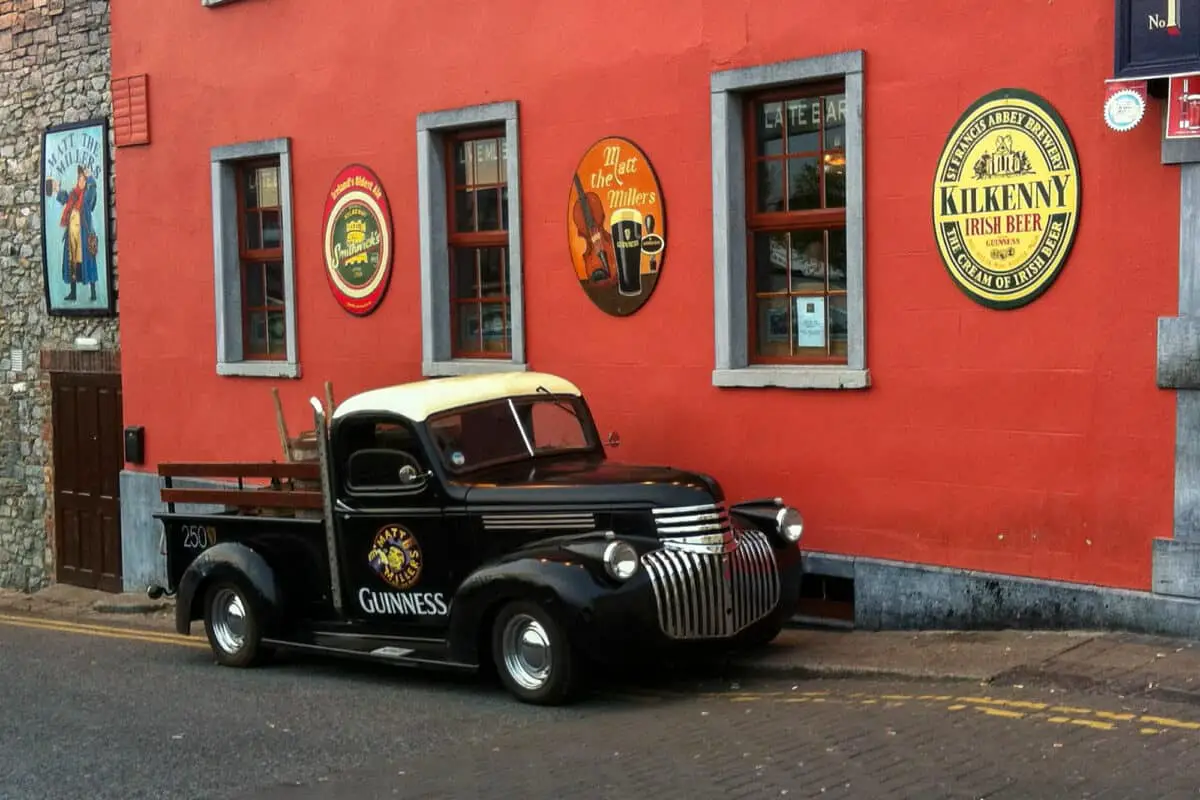
Fun fact! According to the Guardian, 162,719 pints of Guinness are lost in people’s beards every single year. It is also worth remembering that this research was carried out in the year 2000 and I’ll bet there are a lot more hairy hipsters about these days… so much good booze going to waste!
Check out this post full of unique facts about Europe!
2. Sangria
For visitors to Spain or Portugal, a shared jug of Sangria is a rite of passage. This iconic drink is essentially a sort of red wine punch which features pieces of fruit and other alcohol. Despite its colourful appearance and lip-smacking taste, it is quite a strong drink which can take you from zero to trollied pretty quick!
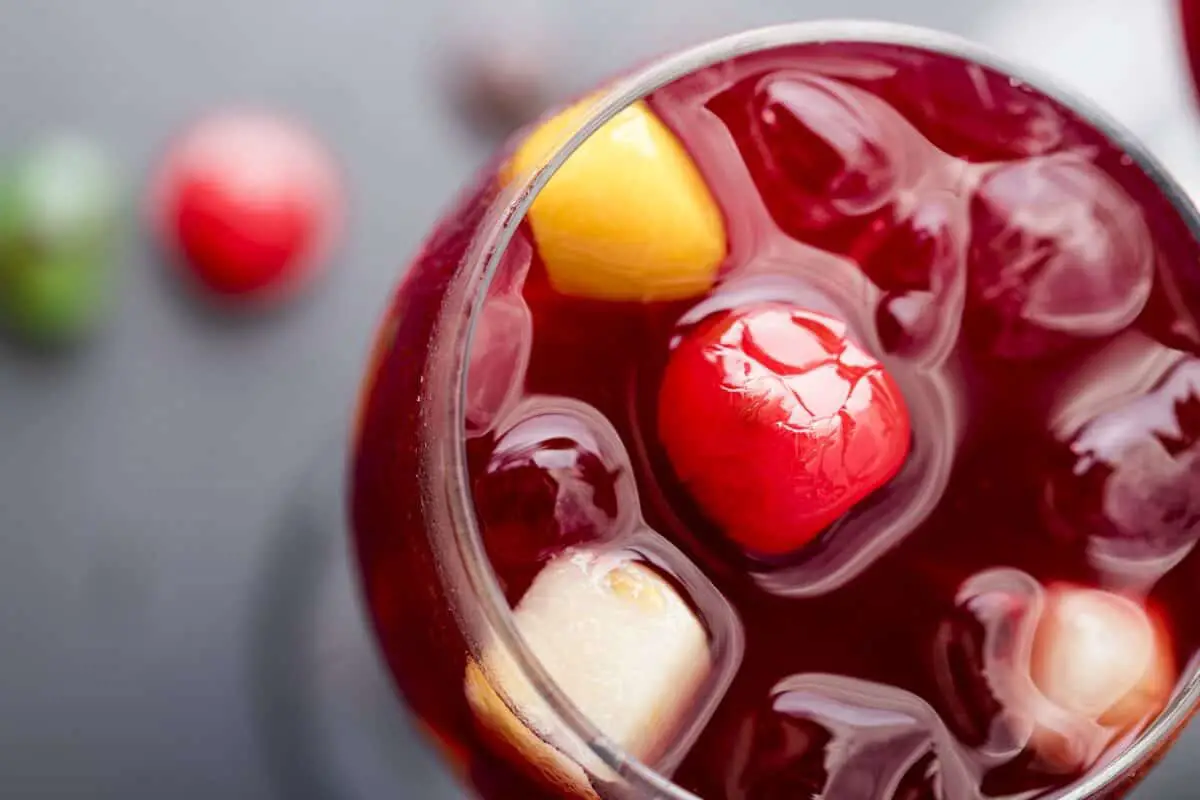
Sangria recipes vary widely over the country so the one you get served in Madrid will be very different to the one you’re served in Barcelona. Sangria has protected status under European legislation, meaning that it can only be classed as Sangria if it meets certain criteria. Only sangria made in Spain or Portugal is allowed to call itself Sangria!
3. Poppy Seed Milk
You may have heard of almond or soy milk but have you heard of poppy seed milk? This non-alcoholic Lithuanian drink is hugely popular across the country and while sometimes used as an alternative to traditional dairy milk, is more often consumed as a dessert.
Usually drunk on Christmas Eve paired with Kūčiukai (Christmas cakes), poppy seed milk plays an important part in Lithuanian festive traditions. Although poppy seeds have been touted to improve sleep quality, those of you who regularly get drug tested for work should avoid this drink. The consumption of poppy seeds can sometimes result in a false positive for opiates!
4. Scotch Whisky
There is a whole range of drinks in Scotland but none is more famous than whisky. There are a strict set of rules about what constitutes a Scotch whisky, starting with where it is produced and matured, as well as how long for.

Many of us will sip whisky and grimace but it is a hugely popular spirit, drunk the world over. Although many people will mix the drink with something like coke, this is frowned upon by whisky purists. Mixing Scotland’s finest with anything other than water is whisky-business – especially in front of a Scotsman!
5. Beer
Beer is Europe’s most popular alcoholic drink and it is easy to see why. Integral to social culture across the continent, the amber nectar brings people together, whether they’re chilling in a bar, watching soccer around a big screen or dancing the night away in a techno club.
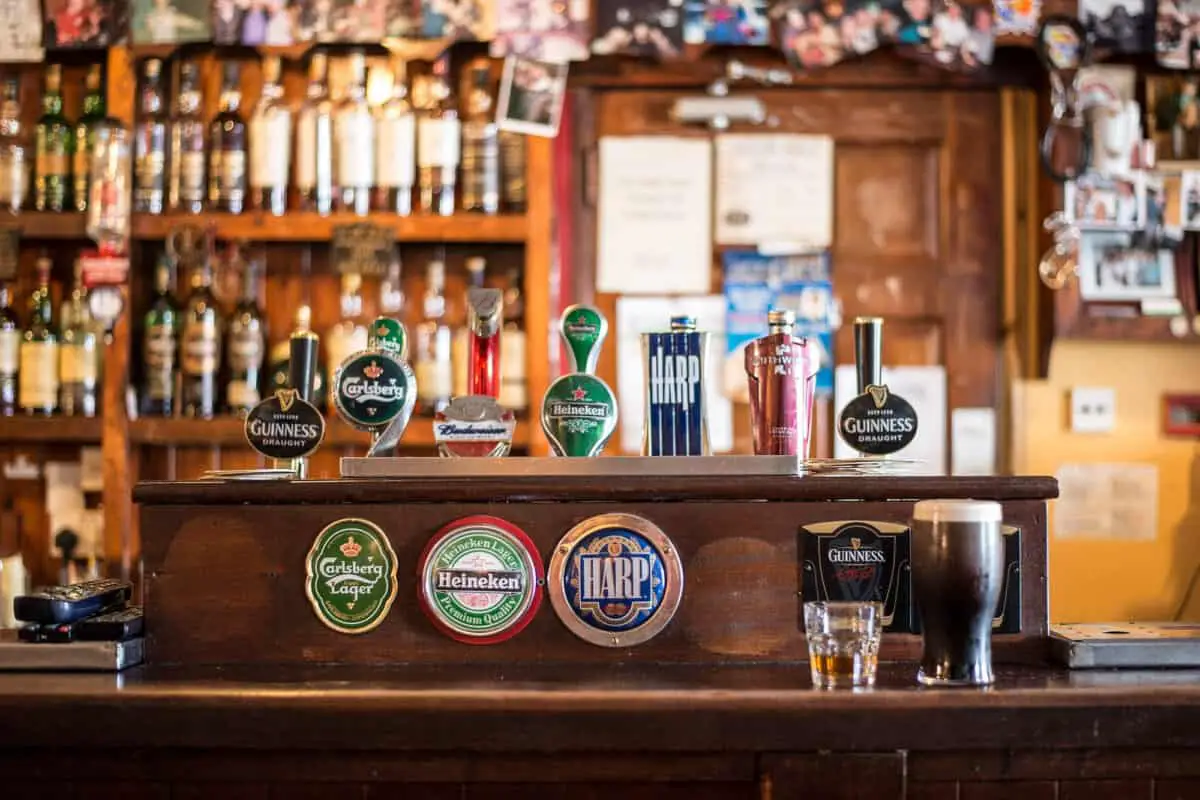
There is a whole range across the continent, from Trappist beers (brewed by OCSO monks) to pale lagers and even a burgeoning craft beer scene. Several notable brands of beer have close connections with specific countries across Europe, including Super Bock (Portugal), Brewdog (Scotland), Leffe (Belgium) and Heineken (Netherlands). In fact, the latter has a whole museum dedicated to it in Amsterdam. Don’t miss it if you’re exploring some of Europe’s coolest museums!
6. Ouzo
Aniseed lovers, rejoice! Made in Greece and Cyprus, ouzo is a liquor made from anise and rectified spirits. Similar in taste to Sambuca, the anise is often present alongside a range of other flavourings such as mastic, cardamom, cloves and cinnamon to name a few.
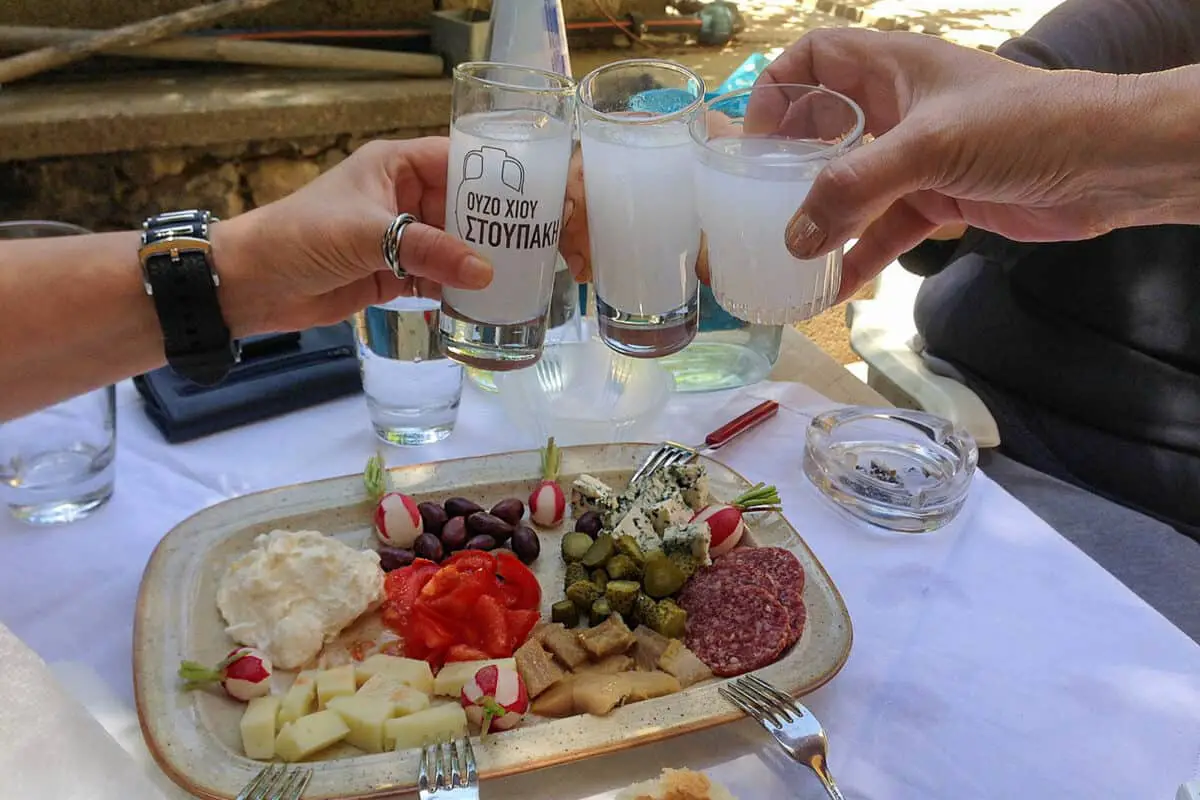
Ouzo is considered to be the national drink of Greece and is often served as an apéritif. This is designed to cleanse your palate, ready for sampling the delights of Greek cuisine. To drink ouzo like a local, add a little of the provided water to the shot. This turns it a milky-white colour and helps to release the flavour. The water should help you to avoid getting dehydrated but we’re still not promising you’ll evade the hangover!
7. Espresso
For all you sober Sallys, nothing hits the mark better than espresso. Essentially a concentrated shot of coffee, this caffeinated drink is used as the base for many beverages such as lattes and mochas. It is also enjoyed on its own as a punchy pick-me-up when you’re feeling lethargic.

Invented in Venice, Italy, espresso is the name given to the drink itself and also describes the brewing process. It is a firm favourite in many European countries but is most commonly consumed in its birthplace of Italy as well as France, Ireland and Finland.
8. Apfelschorle
Essentially fizzy apple juice, Apfelschorle is a popular soft drink consumed in Germany, Austria and Switzerland. Making this drink is easy. Simply mix carbonated water with apple juice in a 2:3 ratio. Although some prefer half-and-half, tipping the balance in favour of apple juice gives the drink a slightly sweeter edge.

This crisp and refreshing beverage is perfect for a summer’s day in Europe but whatever you do, don’t put ice in it! Do as the locals do and drink this soda at room temperature. While the best Apfelschorle is undoubtedly the homemade stuff, premixed versions of the drink are easy to pick up in local supermarkets.
9. Port
Originating from Porto (the clue’s in the name, eh?), Port is a type of fortified wine which is produced in the Douro Valley area of Portugal. Similar in taste to red wine, Port is a heavier drink which tends to be sweeter.

In its early days, port was believed to be a healing agent which was once used to treat gout (with limited success, as you’d imagine). These days, it is generally consumed as a dessert wine and is commonly served alongside cheese or chocolate. If you’re visiting ‘A Cidade Invicta’, don’t miss the opportunity to jump on a tour and get tasting!
10. Tea
Is there anything more quintessentially British than a cup of tea? The Brits have been drinking tea for over 350 years and this hot caffeinated drink has truly permeated their culture. From tea breaks at work to ‘English Breakfast Tea’, it is pretty much impossible to talk about this drink without thinking of the Queen (or now King).
Tea is easy to make and also available in cafés all over the country. Simply grab a teabag (something like Yorkshire Tea or PG Tips is a good choice), pour in boiling water and leave to brew for at least three minutes. Once the tea has been left for a couple of minutes, whip out the teabag, add in sugar (if you’re not sweet enough already) and pour in your desired amount of milk. I’d advise following these instructions to the letter as the quickest way to upset a Brit is to mess up their cherished cuppa!
11. Limoncello
For the true Italian experience, wash down that big wedge of pizza with a tipple of limoncello. This sweet lemon digestif has become a staple of Italian cuisine and makes for the perfect tasty treat to finish a meal.

Although many choose to shot Limoncello, it is meant to be sipped and savoured. Lemon has long been known to be good for the digestive system and is said to have many health benefits, including being a source of antioxidants and vitamin C. Although limoncello is the classic iteration of this drink, you can also get meloncello (from melons), fragoncello (from strawberries) and even pistachiocello (with pistachios)!
12. Akvavit
Akvavit or Aquavit is a spirit commonly consumed in Nordic countries. Drinkers say that it has a fairly neutral taste, similar to vodka but with more of a herbaceous twist. To be classed as Akvavit, it must be a minimum of 37.5% ABV. The dominant flavours are dill or caraway.
Akvavit has long been important in Scandanavian drinking culture, although it is consumed differently across the region. In Denmark, Iceland and Sweden, the drink is traditionally taken as a chilled shooter in one. However, in Norway, it’s served at room temperature and sipped. It is often consumed during Christmas lunches or at Easter festivities.
Also read: Epic places to spend New Year in Europe.
13. Absinthe
If vodka is a drug runner in the mafia, then absinthe is the boss. With an ABV somewhere between 45-74%, this epically strong drink will put you on your back in no time! Derived from plants, it is hard to believe anything with natural origins can be so damn nasty.
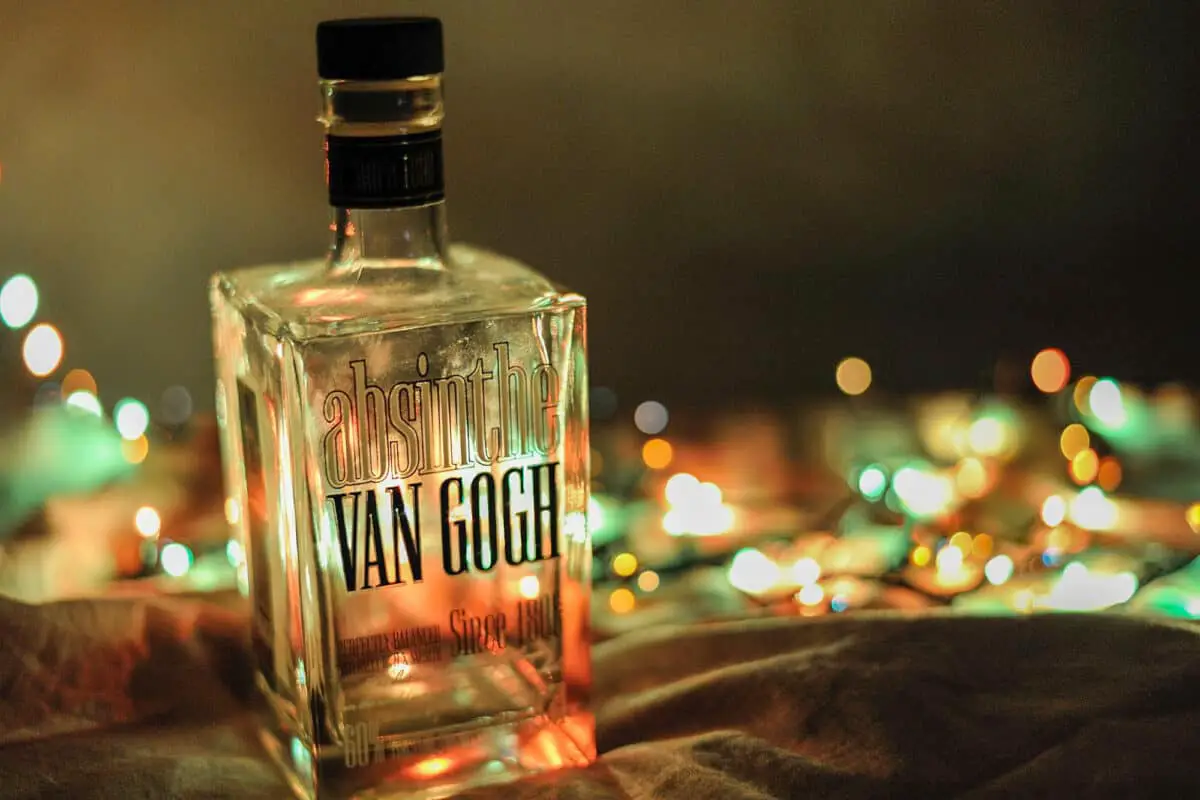
Known colloquially as the ‘Green Fairy’, absinthe originated in Switzerland and made quite a splash in the industry. The drink was so strong that it was banned in the US and much of Europe after 1915, with it only being reinstated very recently. Be warned, this isn’t a tipple for a quiet evening – only touch absinthe if you are fully prepared to get messy!
14. Wine
When it comes to the global giants of wine production, the top three producers are all located in Europe (France, Spain and Italy). One of the most popular drinks in the world, wine drinking in Europe predates the Romans!

Wine has a long history in Europe and has evolved massively over the years. The Golden Age of wine occurred during the 17th and 18th centuries when massive leaps were made in the production space, leading to a more refined product. Later, the introduction of refrigeration technology revolutionised the industry and today, wine-making is recognised as both a science and an art.
15. Vodka
Did you know that the word vodka comes from the Russian word voda, meaning water? That explains why the Russians consider it to be the elixir of life! While the Russians are best known for their love of this clear spirit, it is a popular drink all over Europe, particularly in eastern countries such as Ukraine and Poland.
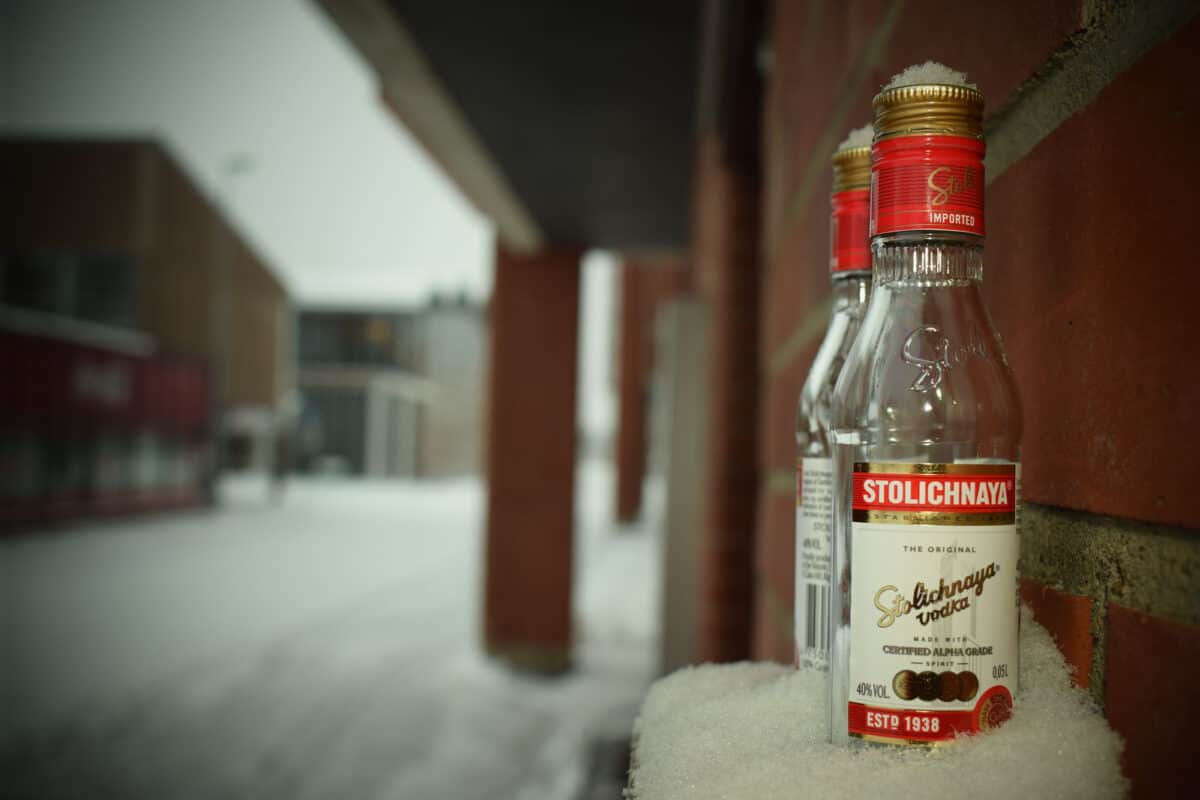
Although the hardened will drink it neat (blergh), most other Europeans will mix it with something like coke or lemonade. Interestingly, if the bottle has not been opened, vodka never goes out of date. When the apocalypse comes, you’ll be thanking me for that tidbit of information!
Drinking Culture in Europe
What is the most popular drink in Europe?
The most popular alcoholic drink in Europe is beer. The most popular non-alcoholic drink is coffee.
What kind of alcohol do Europeans drink?
Beer, wine and spirits are all routinely drunk across Europe. However, their popularity varies country by country.
Do Europeans drink cocktails?
Yes. The cocktail market is led by the Italians, however, more than a quarter of Europeans surveyed said that they enjoy drinking cocktails during a night on the town.
Who drinks the most alcohol in Europe?
According to the OECD iLibrary, those from Austria and Latvia have the highest alcohol consumption across the continent.
What’s your favourite European drink? Let us know in the comments!
